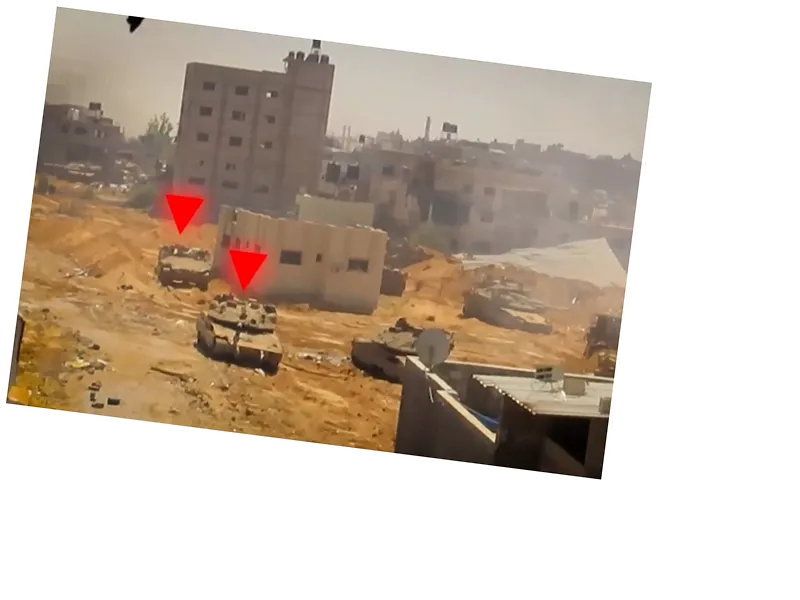Heavy Resistance in Gaza: A Struggle Against Occupation
The ongoing conflict in the Gaza Strip has seen the resistance forces inflicting significant losses on the Israeli occupation army. Reports indicate that since the onset of hostilities, the Islamic Resistance Movement (Hamas) continues to exert control over the region, demonstrating both underground and surface-level resistance against Israeli forces. This situation has prompted the Israeli government, led by Prime Minister Benjamin Netanyahu, to acknowledge the challenges faced by their military in effectively managing the territory.
The Supreme Court's Examination of Humanitarian Concerns
In recent sessions, the Israeli Supreme Court has been deliberating on a petition from various organizations concerning the humanitarian crisis in Gaza. During these discussions, Netanyahu's administration argued that Israel does not have effective control over the area, pointing out that the military's presence is limited. The government emphasized that Hamas remains capable of governing the Strip and continues to engage in armed resistance, complicating the situation further. The court has been receiving periodic updates on the circumstances in Gaza, yet a resolution on the petition remains pending.
The Persistence of Armed Conflict and Its Implications
The Israeli government has reported ongoing operational activities where armed resistance is prevalent, including explosive devices, anti-tank fire, and sniper attacks. They noted that Hamas is not only maintaining its strength but is also attempting to reclaim areas previously abandoned by the Israeli army. This ongoing conflict raises critical questions regarding the humanitarian situation in Gaza and the broader implications for regional stability. The justices of the Supreme Court are expected to continue their review, which could lead to significant changes in how aid is distributed and managed in the Strip.






